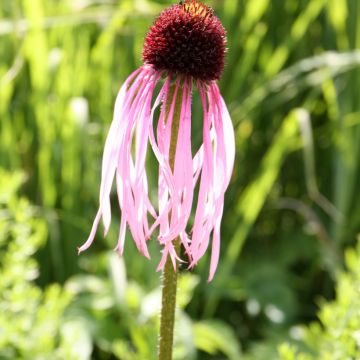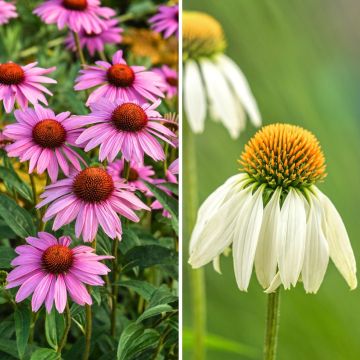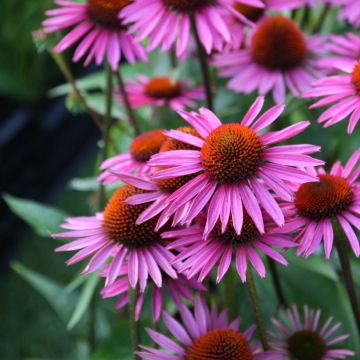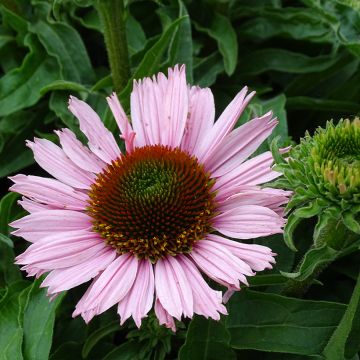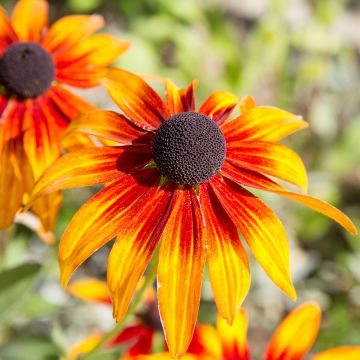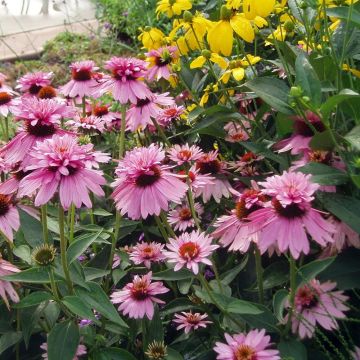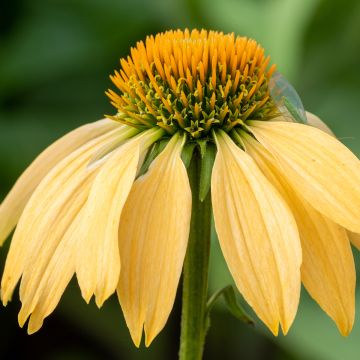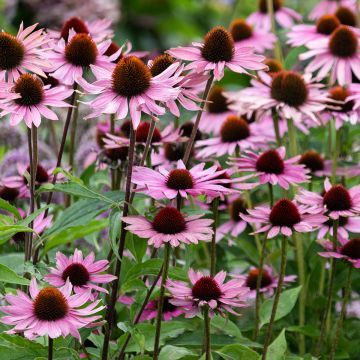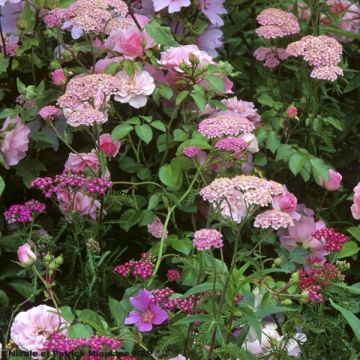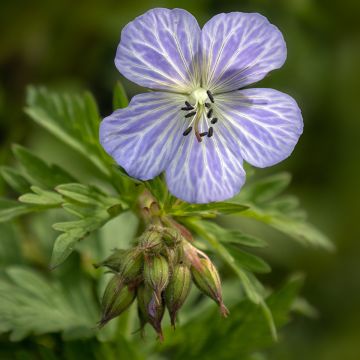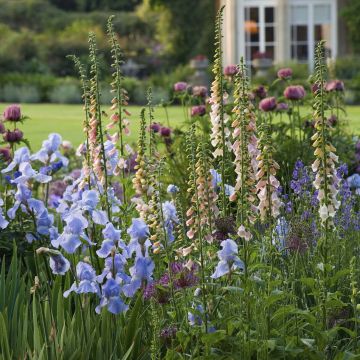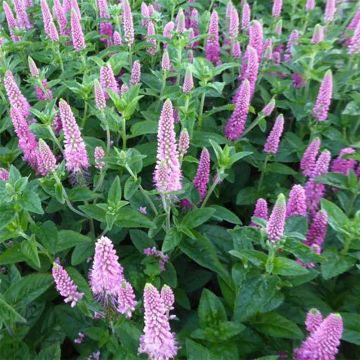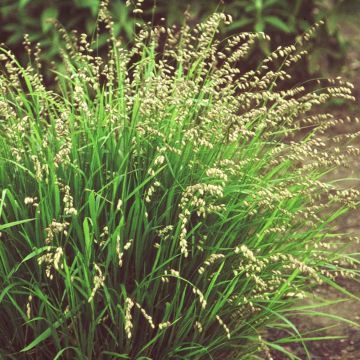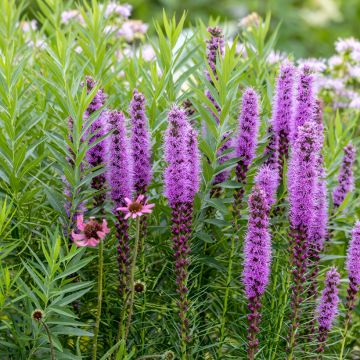

Echinacea purpurea Sundown - Purple Coneflower
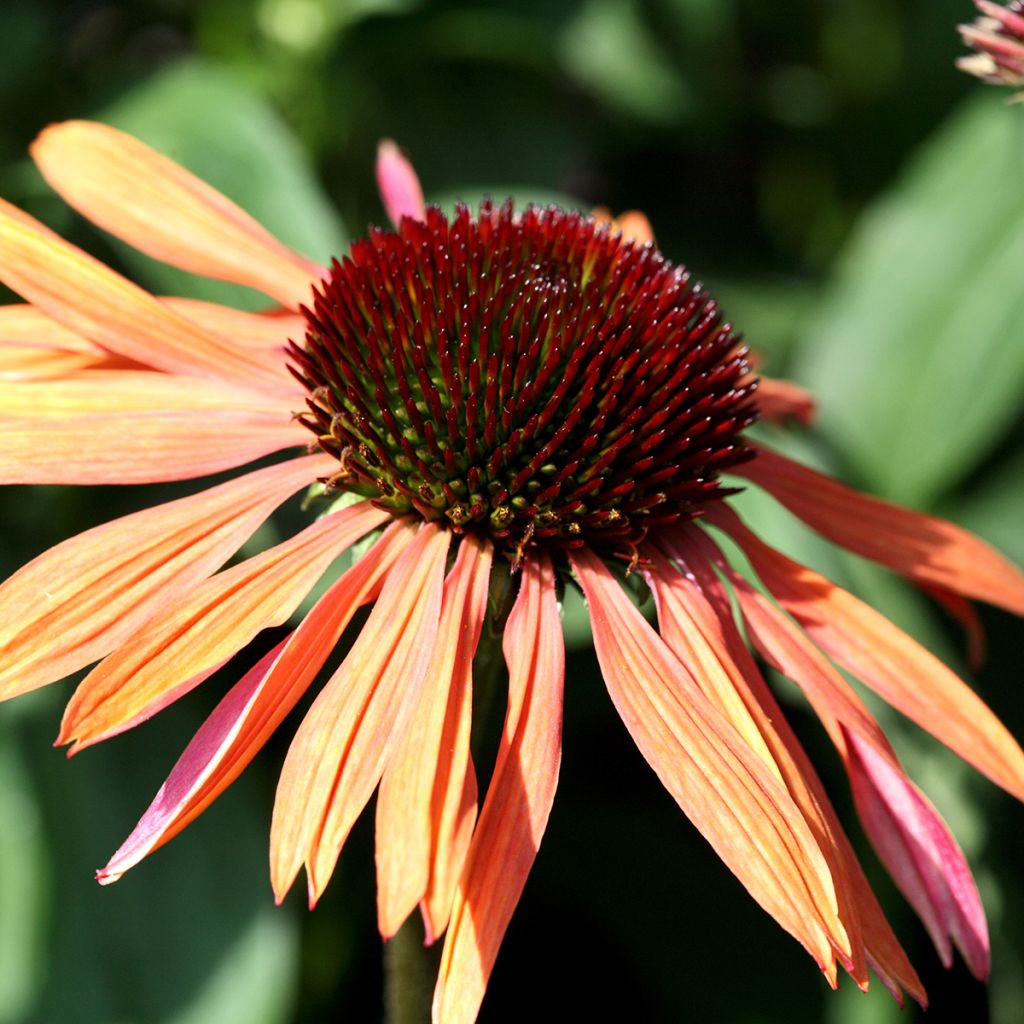

Echinacea purpurea Sundown - Purple Coneflower
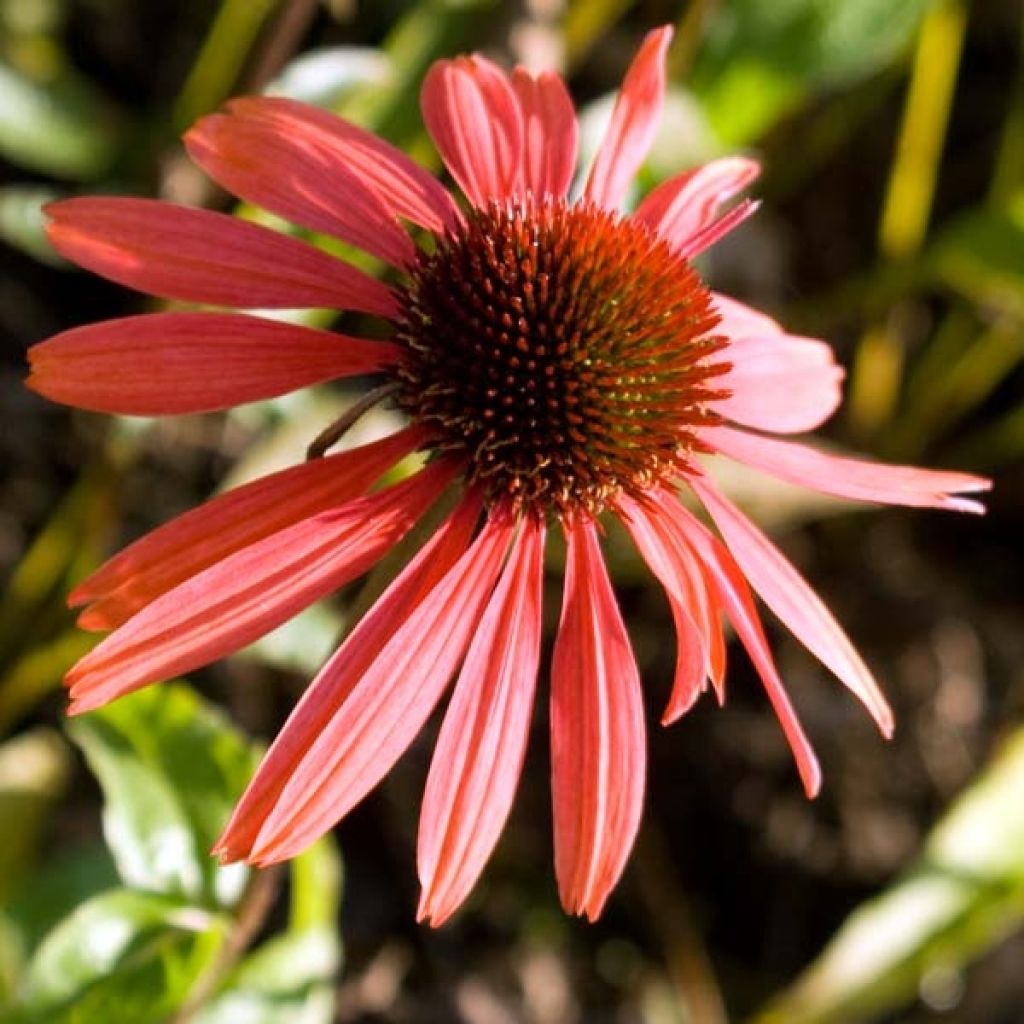

Echinacea purpurea Sundown - Purple Coneflower
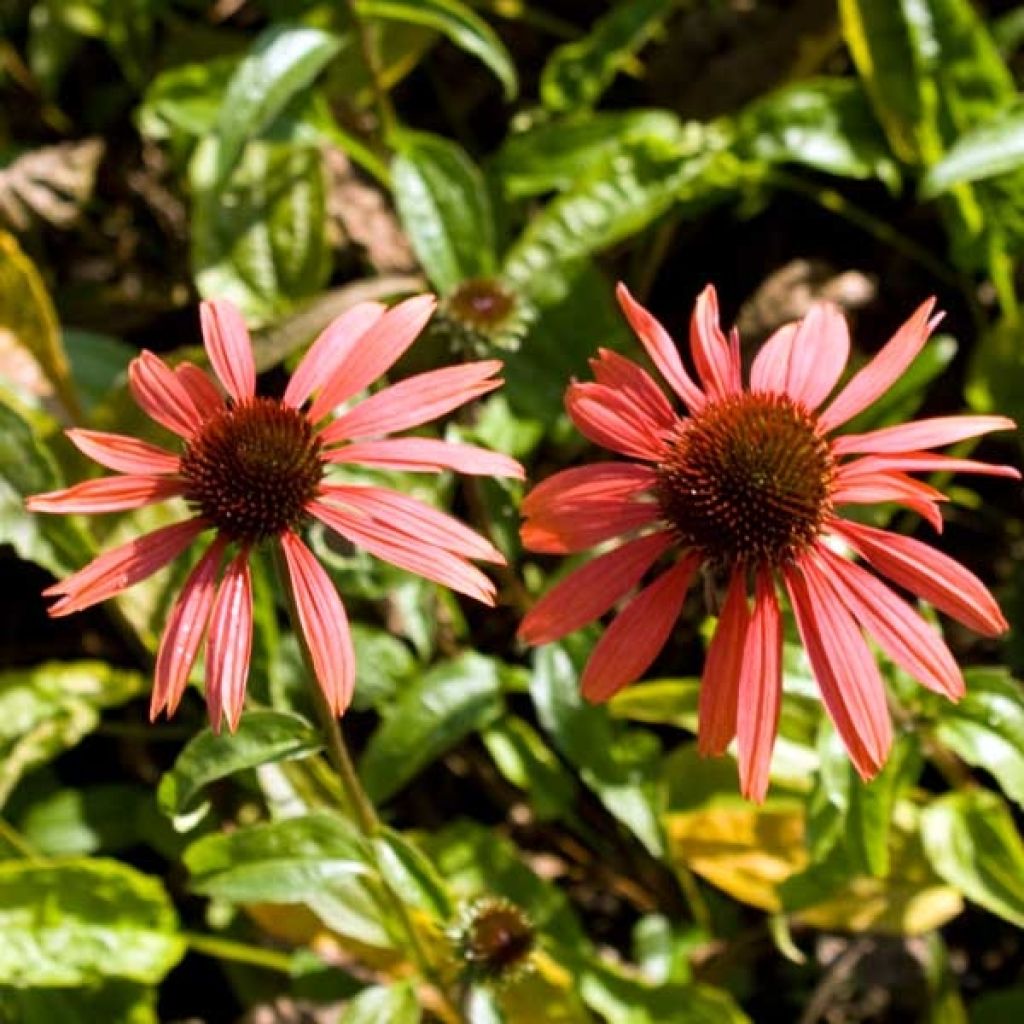

Echinacea purpurea Sundown - Purple Coneflower
Echinacea purpurea Sundown - Purple Coneflower
Echinacea purpurea Sundown
Purple Coneflower, Eastern Purple Coneflower
Beautiful comeback... flowering all summer.
beatrix, 21/11/2023
Special offer!
Receive a €20 voucher for any order over €90 (excluding delivery costs, credit notes, and plastic-free options)!
1- Add your favorite plants to your cart.
2- Once you have reached €90, confirm your order (you can even choose the delivery date!).
3- As soon as your order is shipped, you will receive an email containing your voucher code, valid for 3 months (90 days).
Your voucher is unique and can only be used once, for any order with a minimum value of €20, excluding delivery costs.
Can be combined with other current offers, non-divisible and non-refundable.
Home or relay delivery (depending on size and destination)
Schedule delivery date,
and select date in basket
This plant carries a 12 months recovery warranty
More information
We guarantee the quality of our plants for a full growing cycle, and will replace at our expense any plant that fails to recover under normal climatic and planting conditions.

Would this plant suit my garden?
Set up your Plantfit profile →
Description
Echinacea purpurea 'Sundown' is a recent variety notable for the unprecedented colour of its large daisy-like flowers. Tinted pink when they open, their 'petals' gradually turn into a beautiful soft orange, forming a shimmering collar around a large brown-red central cone loved by bees and butterflies. Vigorous and floriferous, it has a long flowering period in summer, with each plant capable of producing up to 15 flowers in a season. Perfect for brightening up flower beds, this bushy perennial is easily grown in full sun, in any good garden soil.
Native to the western United States, from Georgia to Michigan, passing through Oklahoma and Ohio, Rudbeckia purpurea is a hardy perennial with a unique character that confidently colonizes rocky prairies, savannas, open woodlands, and roadsides in its natural habitat. 'Sundown' (also known as 'Evan Saul') is a floriferous hybrid of this formidable pioneer, and one of the first echinaceas in this colour. It grows rapidly, forming a well-branched clump about 50 cm (20in) tall and 35 cm (14in) wide in just 3 years. Flowering occurs from mid to late summer for many weeks if spent flowers are regularly removed. The branched stems are topped with multiple flower heads about 7 cm (3in) in diameter. Each head has a prominent, bristly, reddish-brown central disk and a row of peripheral ligules that range from pink-orange to soft orange. The fruit is an achene that releases seeds which are eagerly consumed by birds. This plant firmly and deeply anchors itself in the soil with its extensively developed root system. The above-ground growth of the echinacea is deciduous, it disappears in winter and re-emerges in spring. The leaves, arranged opposite on the stems, are lanceolate, green, and covered in rough hairs.
The Sundown echinacea has a flowering display in soft and warm tones, pleasing to see in sunny flower beds and borders. It is often used in combination with other varieties (Green Jewel, Magnus, Summer Cocktail) or inulas, asters, yarrows, daisies, globe thistles, phloxes, lightened with some ornamental grasses like Ciliate Melic Grass, Feather Grass, or Pink Muhly Grass... Splendid in borders, the vibrant colours of echinacea are also beautiful in fresh or dried flower arrangements.
Medicinal properties: In homoeopathy, the root of purple rudbeckia is used to fight colds and strengthen the immune system, properties first used by Native Americans. The name Echinacea comes from the Greek echinos, which means "hedgehog-like," and acea, meaning "having the shape of," alluding to the flower heads. Purpurea means "purple."
Report an error about the product description
Echinacea purpurea Sundown - Purple Coneflower in pictures
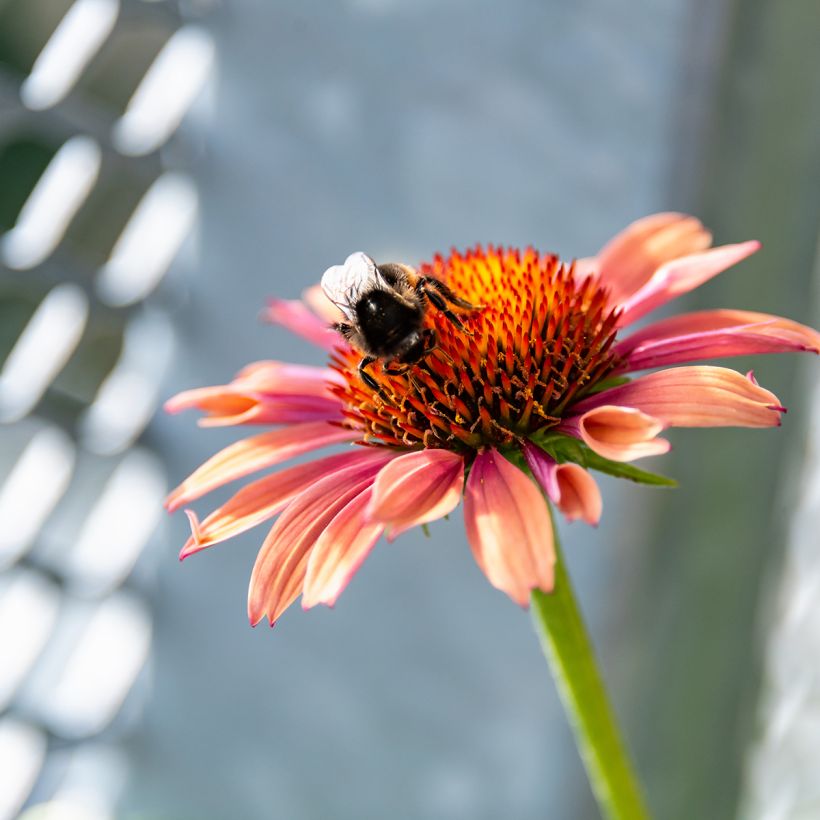

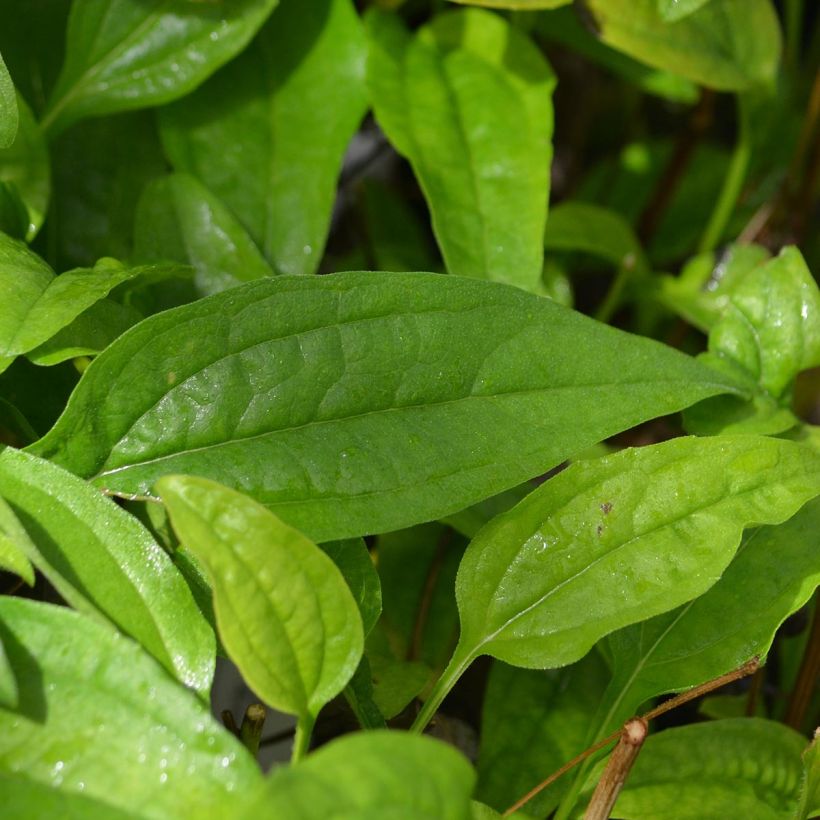

Flowering
Foliage
Plant habit
Botanical data
Echinacea
purpurea
Sundown
Asteraceae
Purple Coneflower, Eastern Purple Coneflower
Cultivar or hybrid
Other Echinacea - Coneflower
View all →Planting and care
'Sundown' Coneflower matures in 3 years. Once established, it requires no specific care and is highly resistant to pests and diseases. It is best planted in spring, in a sunny location, in a mix of compost and garden soil. The soil should be deep and loose to accommodate its root system, but well-drained enough to withstand harsh winters. Mulch the base in May to maintain moisture in summer, as it is sensitive to drought during flowering. Remove faded flowers regularly. Divide the clump when flowering slows down. It is a rhizome plant that can become invasive. As the plant ages, it becomes more susceptible to aphid attacks and powdery mildew.
Planting period
Intended location
Care
-
, onOrder confirmed
Reply from on Promesse de fleurs
Similar products
Haven't found what you were looking for?
Hardiness is the lowest winter temperature a plant can endure without suffering serious damage or even dying. However, hardiness is affected by location (a sheltered area, such as a patio), protection (winter cover) and soil type (hardiness is improved by well-drained soil).

Photo Sharing Terms & Conditions
In order to encourage gardeners to interact and share their experiences, Promesse de fleurs offers various media enabling content to be uploaded onto its Site - in particular via the ‘Photo sharing’ module.
The User agrees to refrain from:
- Posting any content that is illegal, prejudicial, insulting, racist, inciteful to hatred, revisionist, contrary to public decency, that infringes on privacy or on the privacy rights of third parties, in particular the publicity rights of persons and goods, intellectual property rights, or the right to privacy.
- Submitting content on behalf of a third party;
- Impersonate the identity of a third party and/or publish any personal information about a third party;
In general, the User undertakes to refrain from any unethical behaviour.
All Content (in particular text, comments, files, images, photos, videos, creative works, etc.), which may be subject to property or intellectual property rights, image or other private rights, shall remain the property of the User, subject to the limited rights granted by the terms of the licence granted by Promesse de fleurs as stated below. Users are at liberty to publish or not to publish such Content on the Site, notably via the ‘Photo Sharing’ facility, and accept that this Content shall be made public and freely accessible, notably on the Internet.
Users further acknowledge, undertake to have ,and guarantee that they hold all necessary rights and permissions to publish such material on the Site, in particular with regard to the legislation in force pertaining to any privacy, property, intellectual property, image, or contractual rights, or rights of any other nature. By publishing such Content on the Site, Users acknowledge accepting full liability as publishers of the Content within the meaning of the law, and grant Promesse de fleurs, free of charge, an inclusive, worldwide licence for the said Content for the entire duration of its publication, including all reproduction, representation, up/downloading, displaying, performing, transmission, and storage rights.
Users also grant permission for their name to be linked to the Content and accept that this link may not always be made available.
By engaging in posting material, Users consent to their Content becoming automatically accessible on the Internet, in particular on other sites and/or blogs and/or web pages of the Promesse de fleurs site, including in particular social pages and the Promesse de fleurs catalogue.
Users may secure the removal of entrusted content free of charge by issuing a simple request via our contact form.
The flowering period indicated on our website applies to countries and regions located in USDA zone 8 (France, the United Kingdom, Ireland, the Netherlands, etc.)
It will vary according to where you live:
- In zones 9 to 10 (Italy, Spain, Greece, etc.), flowering will occur about 2 to 4 weeks earlier.
- In zones 6 to 7 (Germany, Poland, Slovenia, and lower mountainous regions), flowering will be delayed by 2 to 3 weeks.
- In zone 5 (Central Europe, Scandinavia), blooming will be delayed by 3 to 5 weeks.
In temperate climates, pruning of spring-flowering shrubs (forsythia, spireas, etc.) should be done just after flowering.
Pruning of summer-flowering shrubs (Indian Lilac, Perovskia, etc.) can be done in winter or spring.
In cold regions as well as with frost-sensitive plants, avoid pruning too early when severe frosts may still occur.
The planting period indicated on our website applies to countries and regions located in USDA zone 8 (France, United Kingdom, Ireland, Netherlands).
It will vary according to where you live:
- In Mediterranean zones (Marseille, Madrid, Milan, etc.), autumn and winter are the best planting periods.
- In continental zones (Strasbourg, Munich, Vienna, etc.), delay planting by 2 to 3 weeks in spring and bring it forward by 2 to 4 weeks in autumn.
- In mountainous regions (the Alps, Pyrenees, Carpathians, etc.), it is best to plant in late spring (May-June) or late summer (August-September).
The harvesting period indicated on our website applies to countries and regions in USDA zone 8 (France, England, Ireland, the Netherlands).
In colder areas (Scandinavia, Poland, Austria...) fruit and vegetable harvests are likely to be delayed by 3-4 weeks.
In warmer areas (Italy, Spain, Greece, etc.), harvesting will probably take place earlier, depending on weather conditions.
The sowing periods indicated on our website apply to countries and regions within USDA Zone 8 (France, UK, Ireland, Netherlands).
In colder areas (Scandinavia, Poland, Austria...), delay any outdoor sowing by 3-4 weeks, or sow under glass.
In warmer climes (Italy, Spain, Greece, etc.), bring outdoor sowing forward by a few weeks.






























